Bugatti Type 55
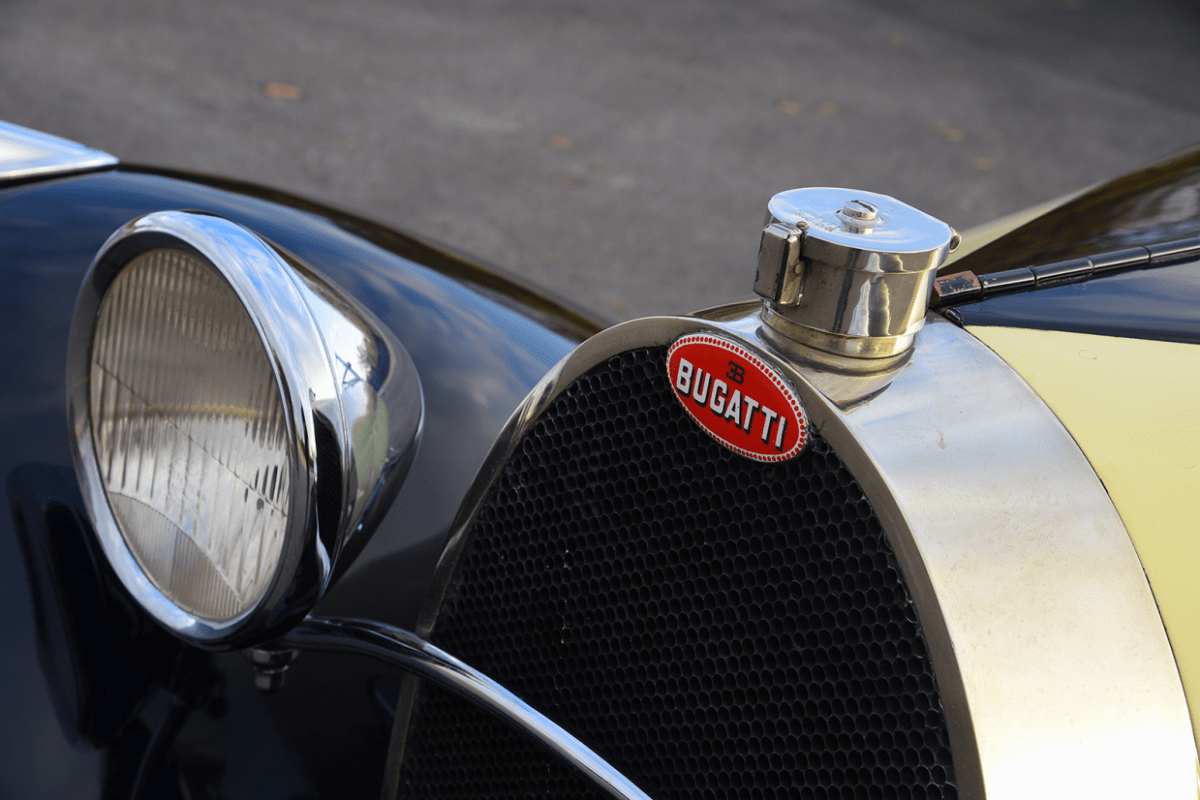
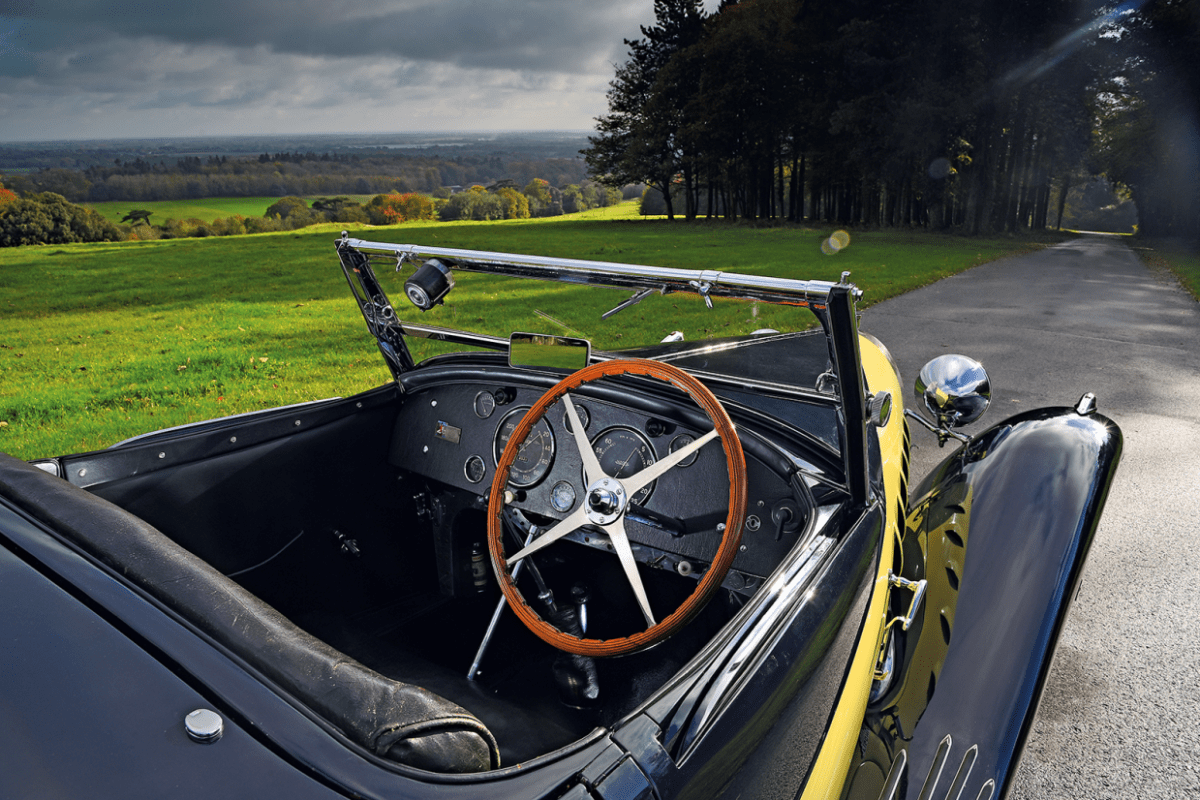
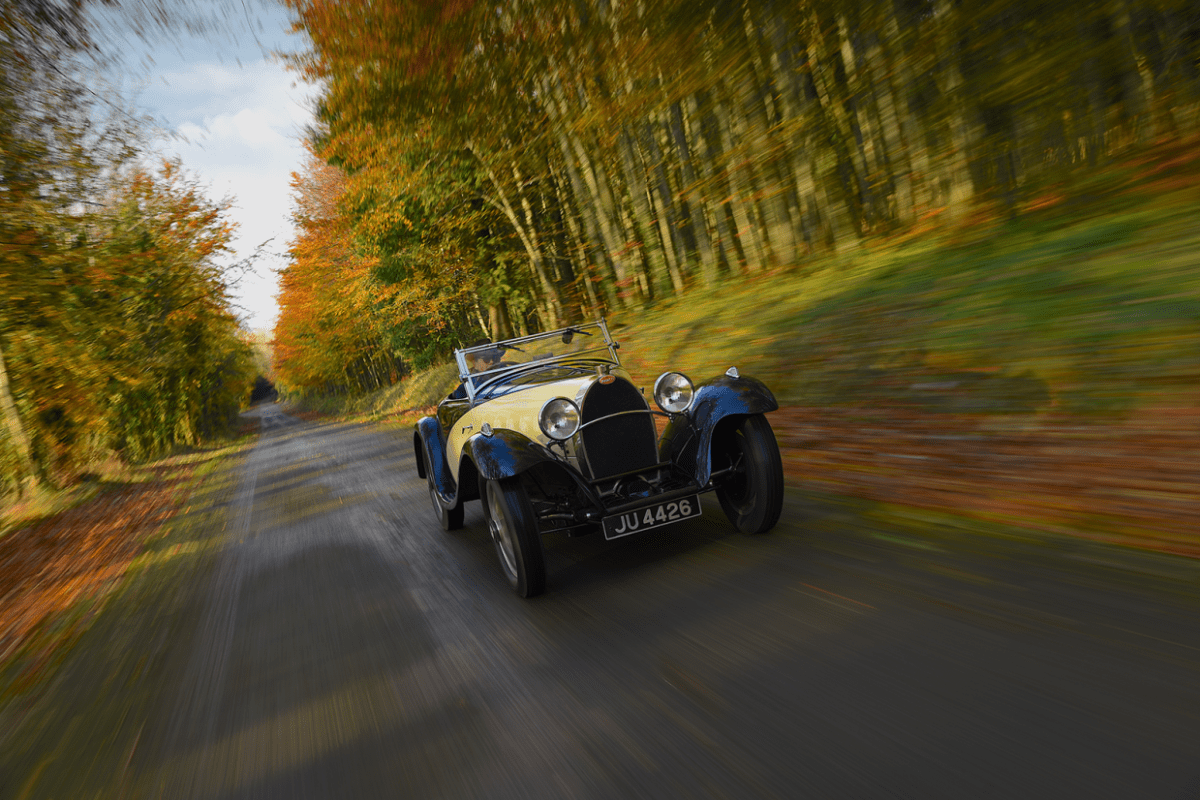
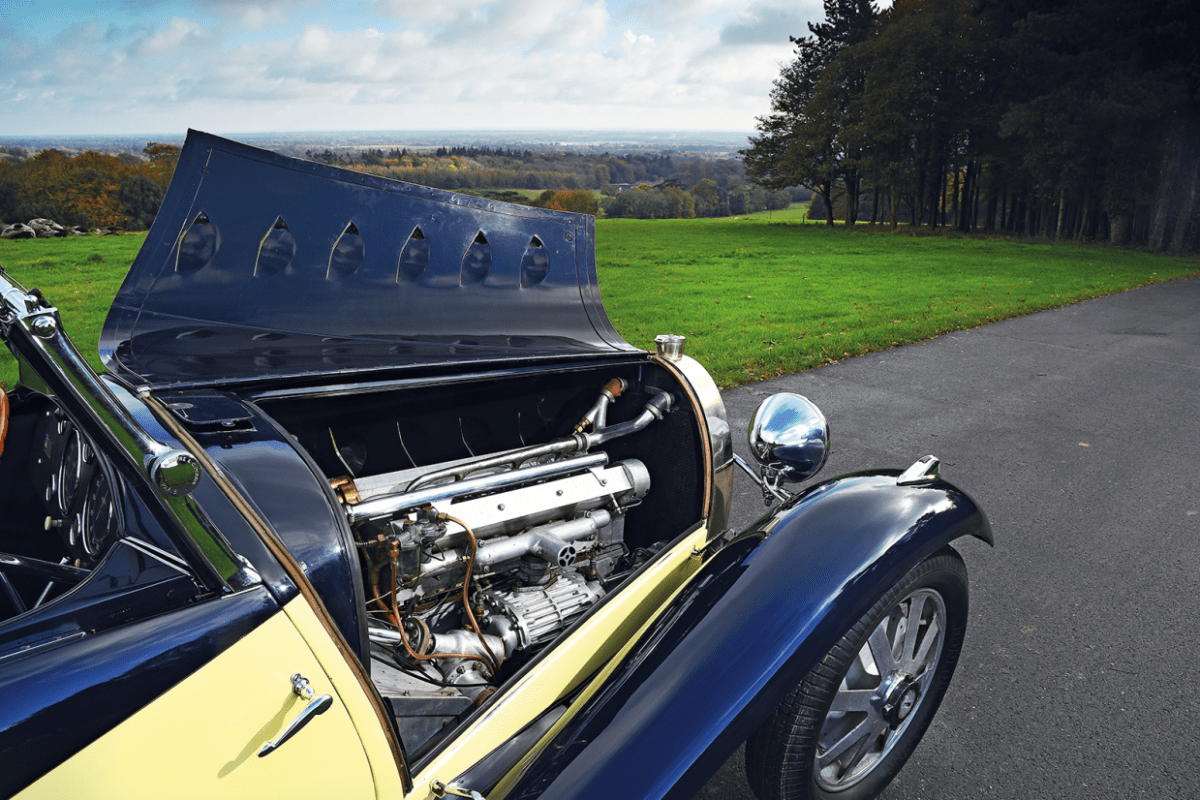
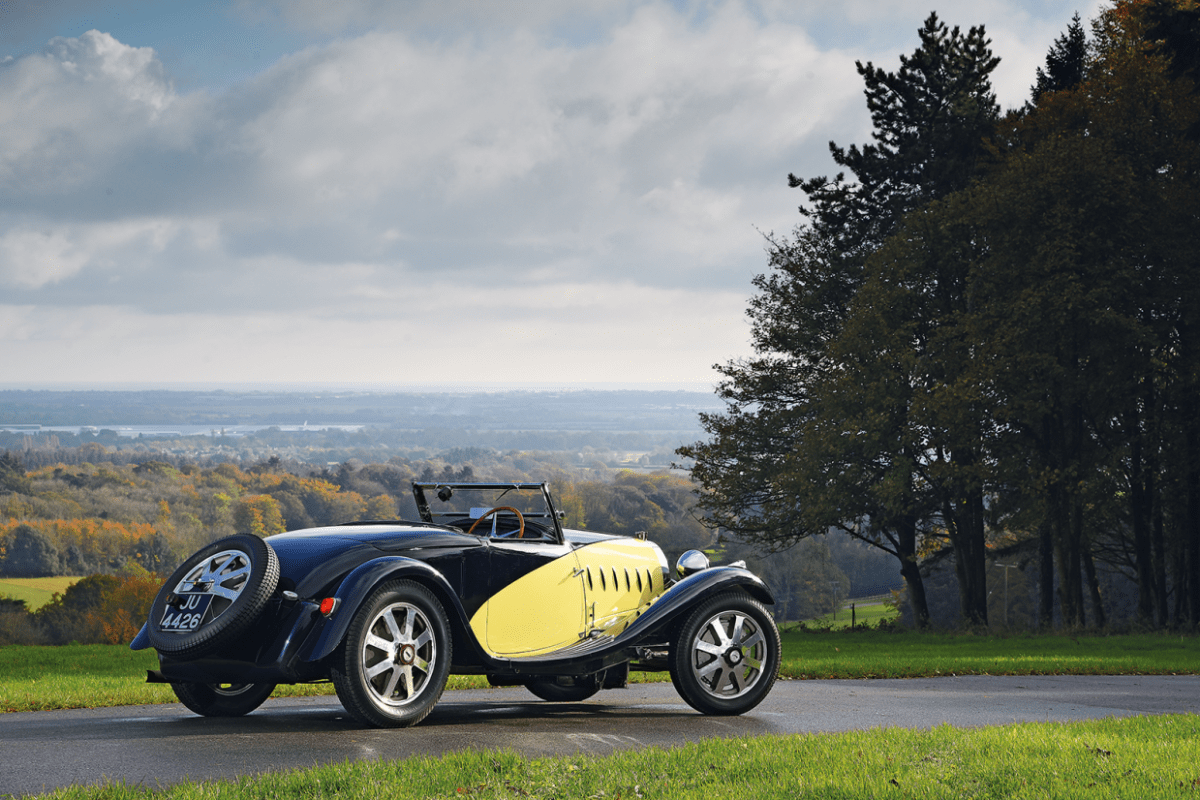
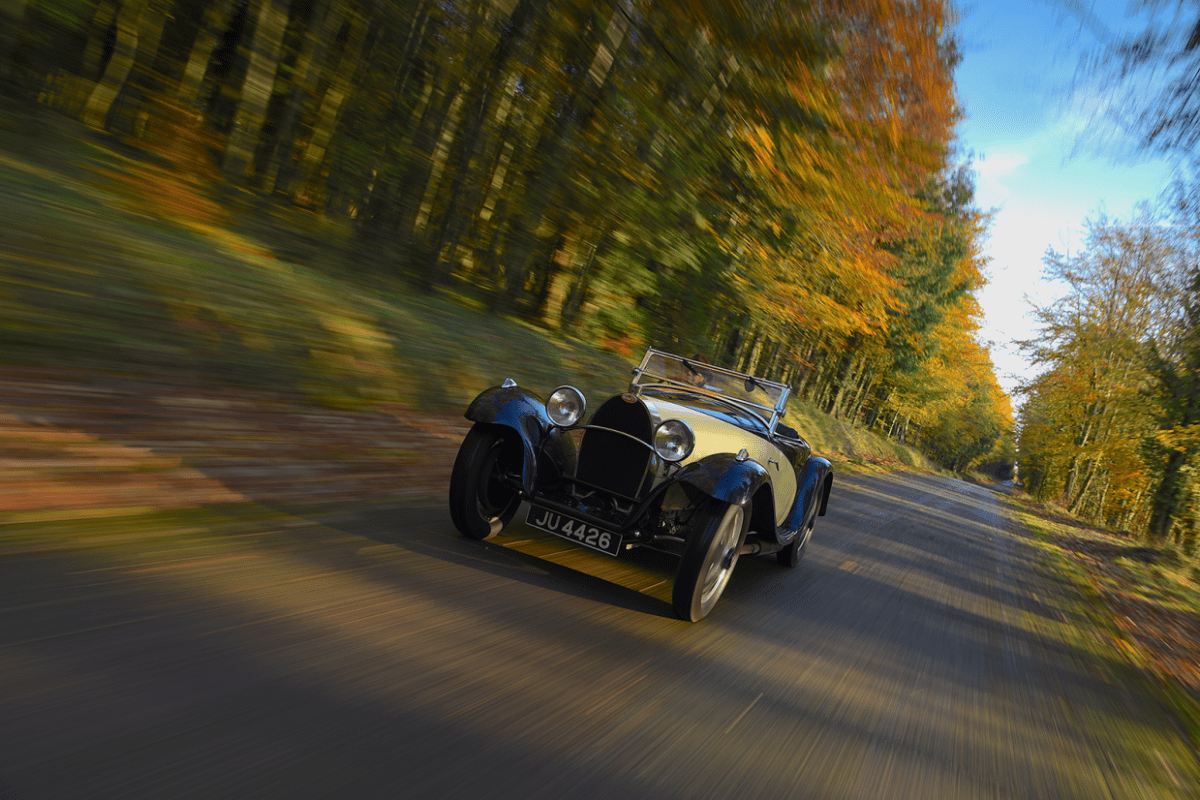
This truly beautiful Bugatti Type 55 has a remarkable history, very few beautiful pre-war sports cars have lived such rich and dramatic lives as this unique car.
Built originally to challenge Alfa Romeo at Le Mans, it was later rebodied by one of the greatest French coachbuilders, and wowed all at concours events through the 1930s.
After Bugatti’s disastrous 1931 Le Mans attempt with the pair of mighty Type 50 works cars, Ettore entered two new Type 55 racers for the 1932 event. To avoid any adverse publicity, however, the new cars were registered to the private teams of Count Guy Bouriat and the wealthy Polish aristocrat Stanislaus Czaykowski. Only if they were successful would Le Patron claim involvement.
The functional-looking tourers couldn’t be further removed from the glamorous coachbuilt T55 road cars. Clearly prepared by the factory, they followed the style of the T50 – fabric-covered rear body, cycle wings, side-mounted spare and the petrol tank slung under the back with toolbox mounted above. An extra spotlight, aeroscreens and additional wing stays were added for the 24-hour enduro. For the fast straights, the cars were fitted with long 3.86:1 rear-axle ratios, and extra fuel-tank straps. The favourite of the two cars was chassis 55221, driven by Bouriat teamed with works ace Louis Chiron, the fast and dashing Monégasque. From practice the Type 55s were no match for the dominant Alfa Romeo 8Cs, however, and at the start the two experienced racers set a steady pace, with first driver Chiron lying seventh and the veteran Ernest Friderich in ninth. When three Alfas crashed, the Bugattis moved up the leader board but on lap 23, while running fourth, Bouriat suddenly failed to appear. Through the woods at Tertre Rouge the quickest Type 55 spluttered to a halt with an empty fuel tank. A mystified Bouriat climbed out as a crowd gathered around the Gallic hopeful, who swiftly discovered the cause: a stone had wedged up between the rear axle and the petrol tank, chafing a hole and causing a fuel leak.
The other Type 55 motored on through the evening and by midnight Czaykowski and Friderich had moved up to fourth behind a trio of 8Cs. As the sun rose, the blue challenger was up to third, but seven laps behind the Italians, and by midday after the leaders had been further delayed there even looked to be a chance of snatching second. But Bugatti’s Le Mans jinx returned as Friderich’s car misfired to a stop at the exit of Arnage. A fractured oil pipe had caused piston failure and, although still listed as fourth on distance at the flag, the Bugatti wasn’t classified because it failed to finish.
Fresh from Le Mans, the tank was repaired and chassis 55221 was sold by Bouriat to Jacques Dupuy, a wealthy French magazine publisher. After enjoying the Type 55’s formidable pace in its Le Mans guise, Dupuy decided to send it to Carrosserie Figoni in Boulogue-sur-Seine, where Italian-born founder Giuseppe ‘Joseph’ Figoni began creating one of his most beautiful and restrained designs for the Bugatti. Best known for his flamboyant and glamorous coachwork, Figoni’s work was highly innovative in detail.The one-off roadster was finished by 1933 and Dupuy proudly entered the 1933 Paris-Nice rally and won, proving that the gorgeous-looking but heavier new body style hadn’t hampered the car’s performance.
During the war, like so many exotics, the desirable car was hidden away from inquisitive occupying forces, and with peacetime it found its way down to the south of France. It was discovered in the early ’60s and saved by Geoffrey Stuart St John, one of the most respected English Bugatti connoisseurs.
Once rebuilt, the seductive 110mph roadster was driven all over Europe covering thousands of miles each year, more than any other of the 38 twin-cam exotics built. After a horrific crash in France, St John rebuilt the car and again it claimed concours glory.
St John, then an engineer with Smiths Industries, first came across the car while searching for spares for his rapid Type 35B. Having broken a wheel while racing at VSCC Oulton Park in 1962, St John called in at the garage of HH ‘Tom’ Thomas, who was well known for his stash of Bugatti spares, and spied the part-dismantled Figoni beauty for sale at £750.
Thomas maintained that this Type 55 was the best, but amazingly it was the car’s well-preserved wheels that first tempted St John, who had no idea of the car’s Le Mans history when he bought it in ’63.
In 1994 the T55 was involved in a shocking accident when St John was convoying across France to an Italian Bugatti rally with his good friend Rodney Felton’s Brescia. The two cars were hit by an uninsured local, with Felton’s leading vintage voiturette coming off worse.
Once he had recovered, St John set about rebuilding his cherished car and it soon looked smarter than ever. Although he wasn’t a concours man, he was tempted to display the Figoni-bodied Bug in the Cartier Style et Luxe at the 1997 Goodwood Festival of Speed. In spite of fierce competition in the Pre-War Supercharged Sports Car class, the judges were smitten by the T55, which was a resounding winner in the final vote for Best of Show.
Images: Will Williams
Read more on
We're on Twitter. Are you following us?
Check us out here.Related Stories
Advertisement Advertisement
Advertisement Advertisement
Advertisement

